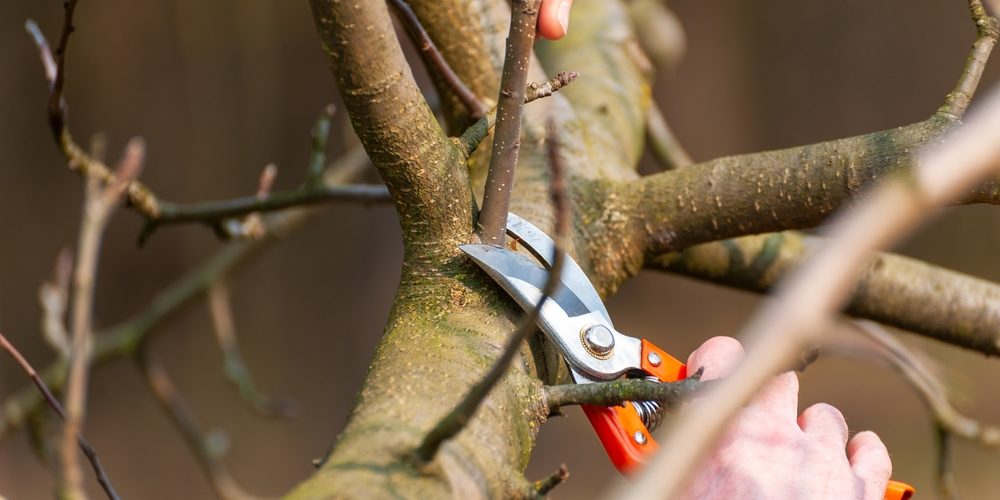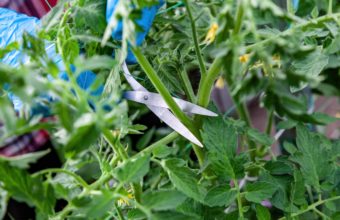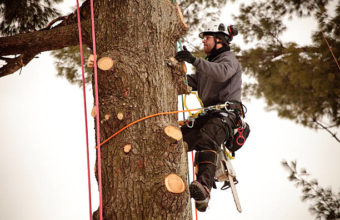Pruning a tree is an aspect of tree care to ensure its health, shape, and safety. Pruning helps remove dead or diseased branches, encourages healthy growth, and prevents potential hazards.
Here’s a general guide on how to prune a tree properly…
- Tools and Safety
- Wear appropriate safety gear, including gloves, safety glasses, and a helmet if working at heights.
- Use sharp and clean pruning tools, such as hand pruners, loppers, and a pruning saw.
- Ensure the tools are in good working condition and properly sharpened.
- Understand Tree Species
- Different tree species have different growth habits and requirements. Research the specific needs of your tree to determine the best pruning approach.
- Timing
- Prune deciduous trees during late winter or early spring before new growth begins.
- For flowering trees, prune after they bloom to avoid cutting off next year’s flower buds.
- Avoid pruning during hot summer months or during periods of drought.
- Pruning Goals
- Identify your reasons for pruning: whether it’s for safety, aesthetics, or tree health.
- Remove dead, diseased, or damaged branches first.
- Pruning Techniques
- Thinning: This involves selectively removing entire branches, often to improve light penetration and air circulation. Cut back to the branch collar (the slightly swollen area where the branch meets the trunk or larger branch).
- Heading: This involves cutting back a branch to a lateral branch or bud. Make the cut just above a healthy bud or side branch at a 45-degree angle.
- Pruning Cuts
- Make clean cuts, leaving no stubs. Stubbed cuts can lead to disease and decay.
- Cut outside the branch bark ridge and the branch collar (the raised area at the base of the branch).
- For larger branches, use the three-cut method to avoid tearing bark and damaging the tree. Make an undercut first, then a top cut slightly farther out from the first cut, and finally a third cut to remove the remaining stub.
- Branch Size
- Smaller branches can be pruned with hand pruners or loppers.
- Larger branches may require a pruning saw or a chainsaw, and these cuts should be made carefully to prevent damage to the tree.
- Avoid Over-pruning
- Do not remove more than 25% of a tree’s foliage in a single year to prevent stress and harm to the tree.
- Do not “top” or excessively trim trees, as it can lead to weak growth and create hazards.
- Cleanup
- Remove all debris from the area, including branches and leaves.
- Properly dispose of or mulch the pruned material.
- Consult a Professional
- If you are unsure about how to prune your tree, if it is a large tree, or if it requires work at heights, consider hiring a certified arborist or tree service to do the job safely and effectively.
Pruning should be done with the tree’s overall health and structure in mind. It’s crucial to make well-informed decisions and take your time to achieve the desired results while minimizing stress to the tree.






